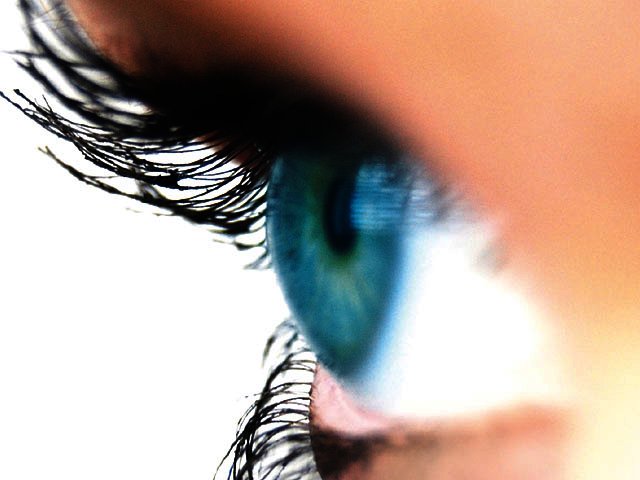PREVIOUS ARTICLENEXT ARTICLE
NEWS

SciNews June 2010
By Linda Pretorius 6 June 2010 | Categories: news
Working 9 to 5
Now here’s some useful news: working overtime is bad for your heart. According to a study published recently in the European Heart Journal, people who spend three or more hours extra at the office have a significantly higher chance to suffer from heart problems.
The study tracked indicators of occupational health over more than 6000 London civil servants for about a decade. The results showed that 6% of these workers had suffered heart problems over this period.
Even when considering the possible effects of more than 20 other risk factors that could have influenced the results, the researchers found that regularly working three or four hours overtime upped the risk for heart problems among office workers by 60%. One or two hours were not a problem, though. Write your boss a memo.
A web of clues
Little Miss Muffet wasn’t the only one baffled by the qualities of spider silk. Two separate articles that recently appeared in the journal Nature shed light on the silky threads. Silk protein is usually stored as a liquid in the spider’s body in a specific molecular arrangement that keeps the protein molecules soluble.
But when it’s time to spin, the liquid passes through a narrow duct with a different chemical environment. Because of the chemical change the structural controls that kept the protein molecule soluble are lifted and the protein becomes insoluble. The narrow duct further also forces the protein molecules to lie parallel to each other, which allows them to combine into a stable thread. The results may be helpful for creating artificial fibres with similar strength qualities as spider silk.
But when it’s time to spin, the liquid passes through a narrow duct with a different chemical environment. Because of the chemical change the structural controls that kept the protein molecule soluble are lifted and the protein becomes insoluble. The narrow duct further also forces the protein molecules to lie parallel to each other, which allows them to combine into a stable thread. The results may be helpful for creating artificial fibres with similar strength qualities as spider silk.
Old blue eyes
If you’ve always been mom’s blue-eyed boy, thank them genes. Human eye colour falls roughly into the categories blue, green and brown, but according to a recent article in the journal PLoS Genetics, eye colour is decided by more than just one gene as was previously thought.
Analyses of high-resolution photographs of 6000 people’s eyes showed that human eye colour varies along a continuum in each of the three colour groups. When the scientists related the results to the participants’ genetic profiles they found three new genes that have a say in the final colour mix, of which one has earlier been shown to play a role in pigmentation in other mammals.
The results may be handy in forensic investigations if genetic profiles can be linked to specific observable traits. We’ll keep our eyes open.
Analyses of high-resolution photographs of 6000 people’s eyes showed that human eye colour varies along a continuum in each of the three colour groups. When the scientists related the results to the participants’ genetic profiles they found three new genes that have a say in the final colour mix, of which one has earlier been shown to play a role in pigmentation in other mammals.
The results may be handy in forensic investigations if genetic profiles can be linked to specific observable traits. We’ll keep our eyes open.
Other interesting stuff:
Nanotubes- how man and machine can merge
The Laser- celebrating 50 years
A tiny, self-healing, molecular computer
The power of one: a common ancestor for all life
TAGS:
USER COMMENTS
Most Read Articles
Read

Magazine Online
TechSmart.co.za is South Africa's leading magazine for tech product reviews, tech news, videos, tech specs and gadgets.
Start reading now >
Download latest issue
Have Your Say
What new tech or developments are you most anticipating this year?
New smartphone announcements (44 votes)
Technological breakthroughs (29 votes)
Launch of new consoles, or notebooks (14 votes)
Innovative Artificial Intelligence solutions (29 votes)
Biotechnology or medical advancements (24 votes)
Better business applications (160 votes)



